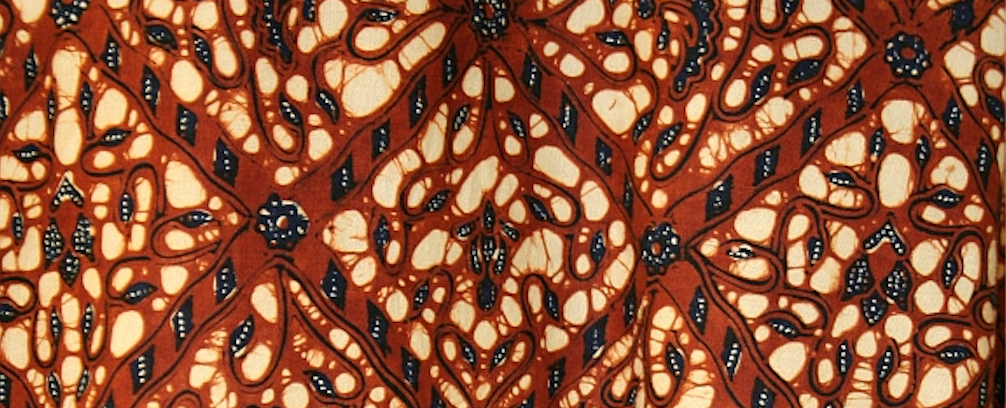Dye Lab is Making the Ancient Modern
The word is out, bright bold colors and patterns are in! Small batch production craft brand, Dye Lab, based in Lagos, Nigeria, is revolutionizing the fashion industry’s dyeing techniques. This woman-owned company, led by Creative Director, Rukky Ladoja, offers made-to-order garments with “practical yet artisanal sensibility.”
What makes this brand so special is the selective way in which they dye their garments, a technique that dates back centuries and has been all but lost due to the rise of fast fashion.
Different Ways to Dye
For those of you who don’t know much about how clothes are made–like myself before I did all this interesting research–textile dyeing is its own kind of chemistry! Here are two things you should know about modern fabric dyeing:
Textile dyeing and the textile industry as we know it today are extremely hard on the environment. The dyeing process involves massive amounts of water and tons of harmful chemicals, much of which unfortunately ends up polluting rivers and lakes surrounding the textile mills and factories, putting the health of local peoples in jeopardy.
The most common method of dyeing today is called piece dyeing. With piece dyeing, the fabric is dyed after it has been woven or knit, dyed in one color for the entire piece or length of the fabric. With modern technology and machinery, it has become a relatively quick and cheap method of dyeing, but at the expense of ecological health and sustainability (we’re looking at you, fast fashion houses!)
The Batik Technique
Predating written records, the dyeing technique called Batik is the oldest technique known to man. It was originally discovered in Java, Indonesia, with the word batik meaning “to write,” “to dot,” or “to tattoo.” Batik designs are popular across many regions in Indonesia, Malaysia, Southwest China, and India. Their vibrant colors and striking contrasting patterns make them perfect for adorning royalty, used in ceremonies, everyday wear, and in certain cultures, it brings in good luck! Because of this, the art of batik has been passed down as cultural tradition and spread through trade across the globe. In each new home that batik has found, its people have adapted and created their own styles, methods, and meanings, hence its many variations.
The batik technique involves using a method of wax-resist dyeing. In this way, the artisan uses a tool called a canting to create designs made of plant resin, beeswax, or paraffin, depending on the region. Then the fabric is repeatedly dipped into a dye bath made of vegetable dye. When the fabric is dry, the wax is removed, leaving behind the drawn patterns in the original color of the fabric. This is another reason batik is so beautiful, all the materials are readily available in regions where the technique is popular, with no harmful byproducts to harm the ecosystem. Hello, sustainability!
African Batik
Introduced to Sub-Saharan Africa in the 19th century by Dutch traders, batik in Nigeria is of its own kind! This adaptation features large patterns, thicker lines, and more colors compared to other batik styles.
This is Dye Lab’s specialty!
The brand offers a modern version of a Nigerian staple piece called Agbada. Traditionally, agbada refers to a set of garments worn by men to signify wealth and status. Nowadays, the agbada is not confined to gender, with many women wearing them to formal functions and social events. Dye Lab offers this garment with a new-age twist, branding it as “versatile loungewear.” Each piece is hand-dyed for bold patterns with a unique finish.
Want to see more of the Dye Lab? You can take a virtual tour of their studio in Lagos. And if you want to add one of their gorgeous, one-of-a-kind pieces to your collection, shop the Dye Lab today.





